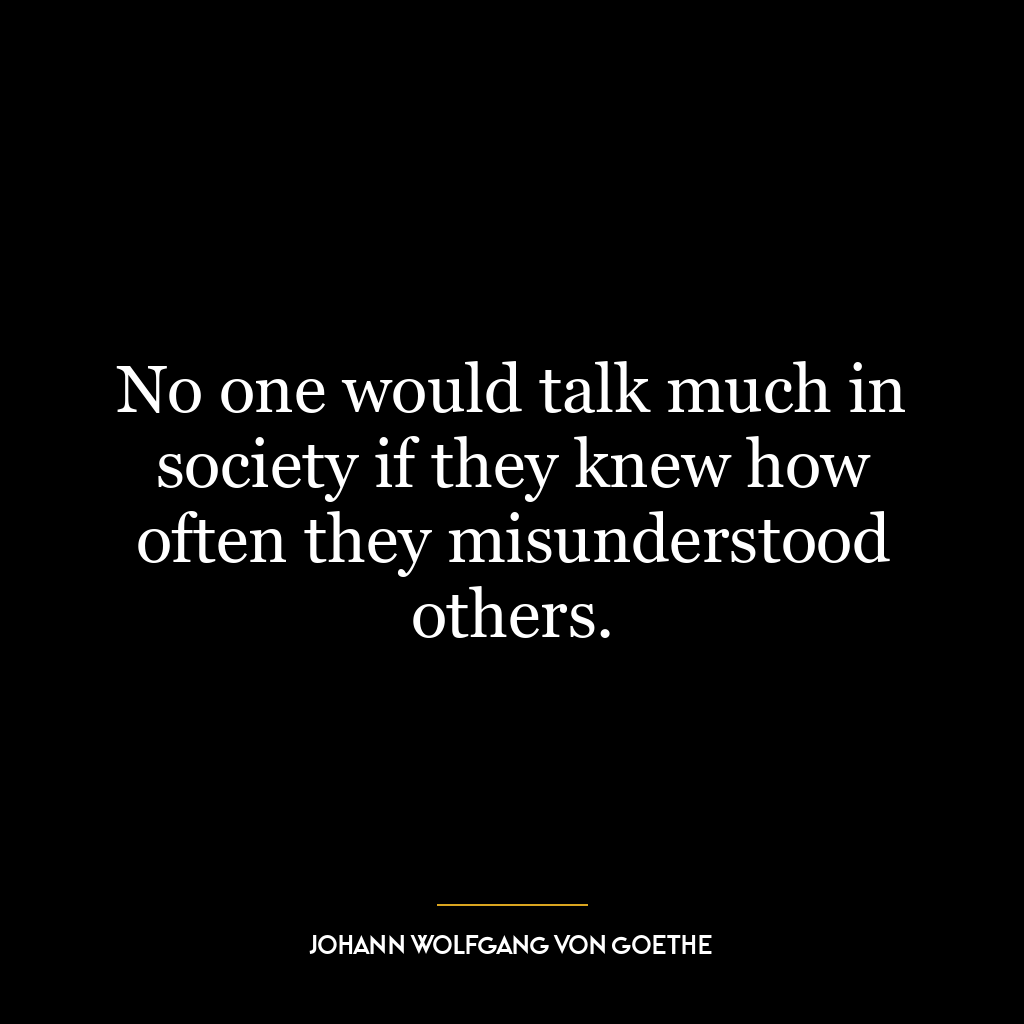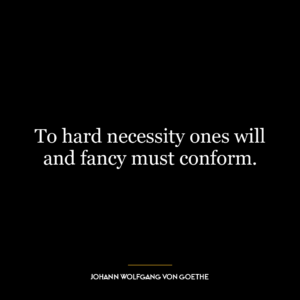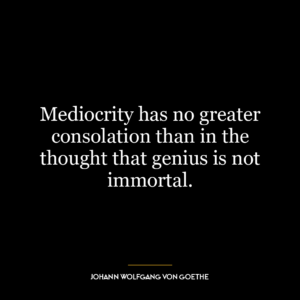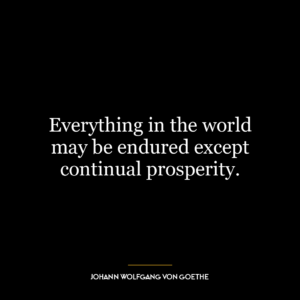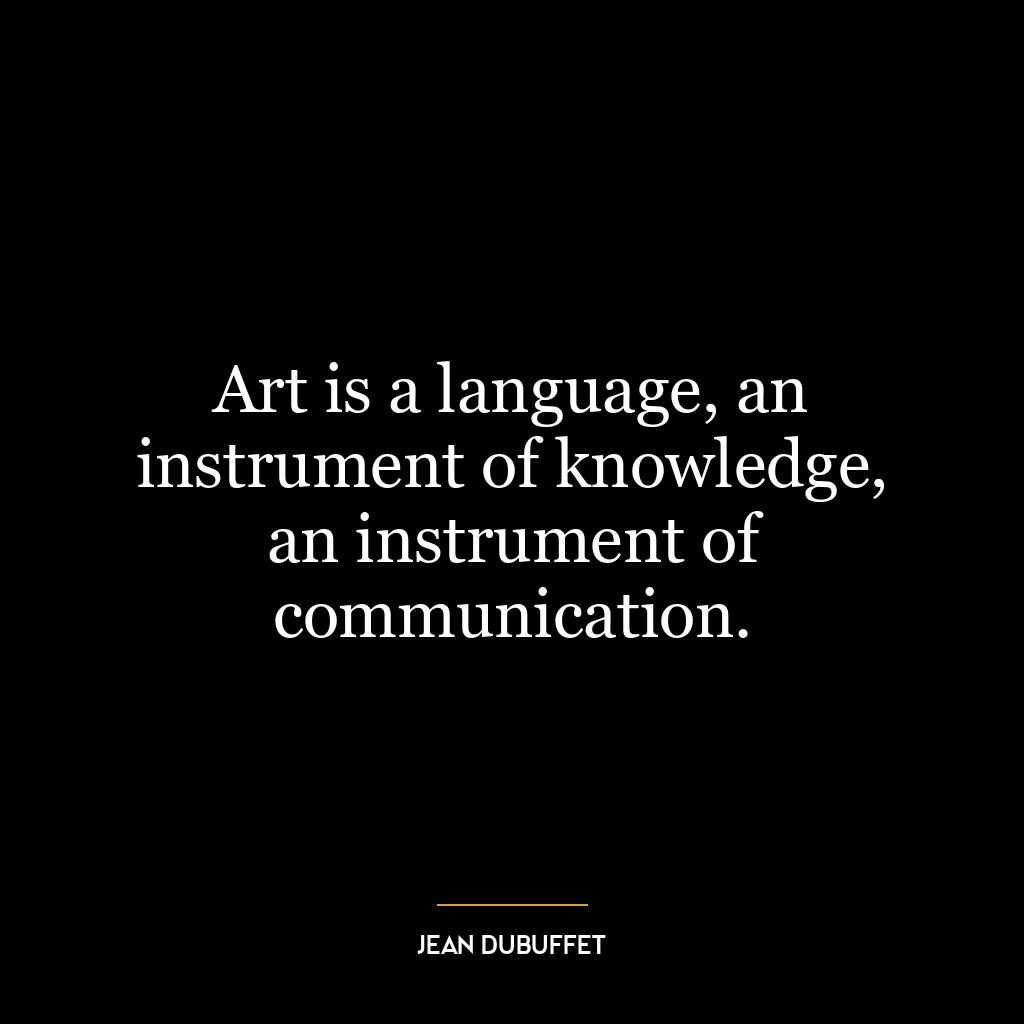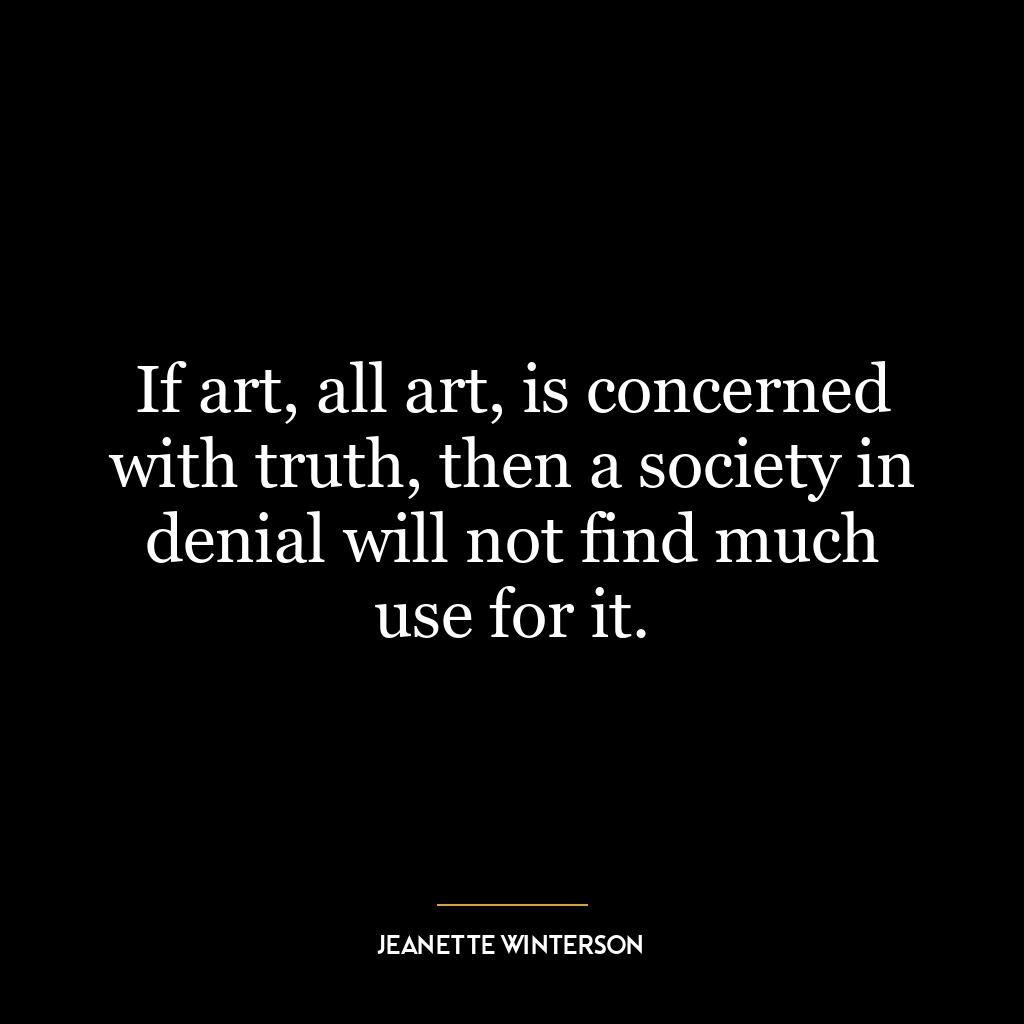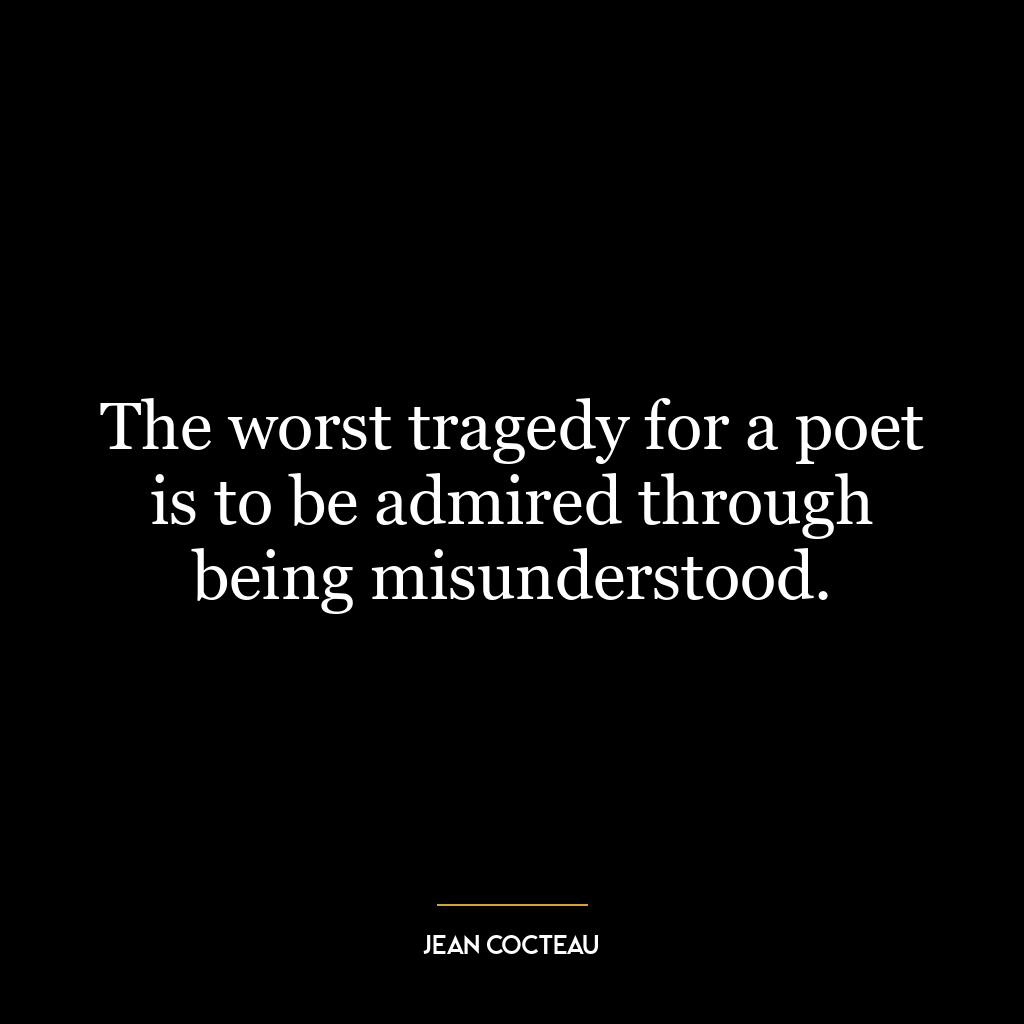No one would talk much in society if they knew how often they misunderstood others.
This quote highlights the prevalence and impact of miscommunication in our daily interactions. It suggests that a lot of the conversation we engage in is based on assumptions and misunderstandings about what others are saying or mean. If we fully realized how often we misconstrue others’ words or intentions, we might be more hesitant to speak out of fear of misunderstanding or being misunderstood.
The quote conveys the idea that we often hear what we want to hear, rather than what is actually being said. This could be due to our preconceptions, biases, or simply lack of attention. This misunderstanding can lead to disagreements, conflicts, and confusion, which is why the quote suggests that if we truly knew the extent of our misunderstandings, we would speak less.
In today’s world, this quote is extremely relevant, particularly in the realm of social media and online communication. With the speed and brevity of digital communication, it’s easy to misconstrue messages and intentions. This can lead to unnecessary conflict and miscommunication, which could be minimized if we were more aware of how frequently misunderstandings occur.
In terms of personal development, this quote can serve as a reminder to practice active listening and strive for clearer communication. It encourages us to be more mindful of our assumptions and biases, and to seek clarification when we’re unsure of what someone else is saying. It also suggests the value of humility in recognizing that we don’t always fully understand others, and the importance of patience and empathy in our interactions.
In conclusion, this quote is a call for greater self-awareness, empathy, and effective communication. It serves as a reminder that to truly understand and connect with others, we need to listen carefully, clarify our understanding, and be aware of our own potential for misunderstanding.

